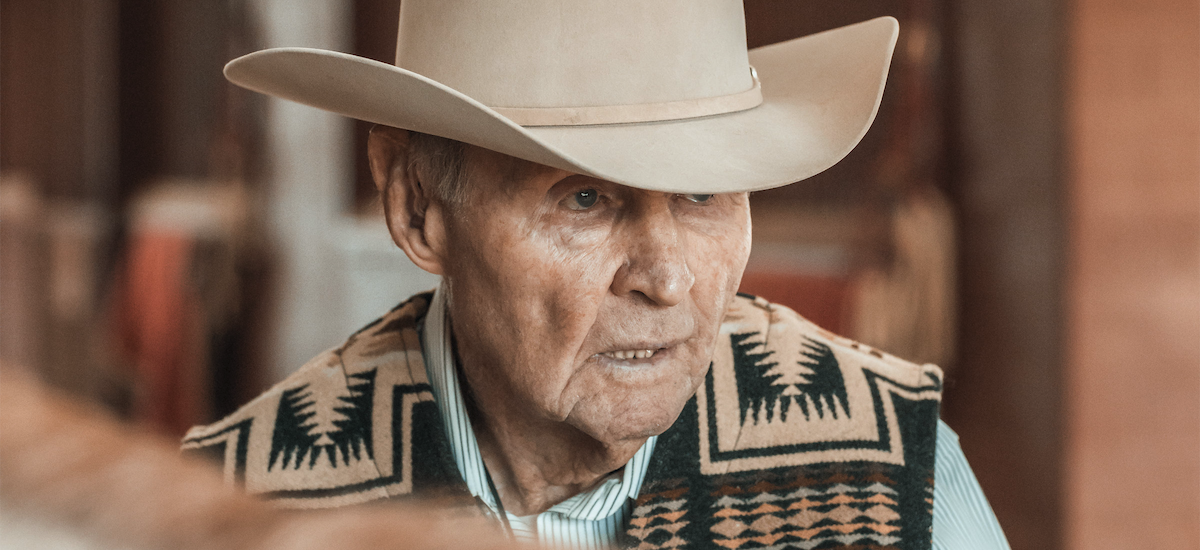Happy Birthday, Buster!
On May 23, my great-uncle, Buster Welch, turned 90 years old.
I’m working on a project that—during the past six months—has given me the opportunity to spend more time with him than I ever have previously.
For those who might not be aware, Buster is perhaps the most influential and successful individual in the history of the sport of cutting. He won NCHA World Championships in 1954 and 1956 on Marion’s Girl and in 1974 and 1976 on Mr San Peppy. He—with others—hatched the idea for a contest pitting previously un-shown 3-year-olds against each other: the Futurity. He went on to win five of those: 1962 on Money Glo, 1963 on Chickasha Glo, 1955 on Rey Jay’s Pete, 1971 on Dry Doc, and 1977 on Peppy San Badger—better known as Little Peppy.
Since then, he’s been inducted into several Halls of Fame and given dozens of awards.
But despite his success in the performance arena, he has just as much passion for ranching. And his history is remarkable. It’s almost mind-boggling for me to realize that Buster was born in a time when the cattle range was still big. Sure, ranches were fenced up according to ownership, but there weren’t always corrals nearby, so much of the cattle work was done out in the open. During World War II, Buster was too young to join the fight, but with the men all gone, he was old enough to work the ranches. He had the opportunity to see men work the herd just as they did before fences—and he learned what it took to make a good cow horse.
He worked on the 6666s, Long X, and Pitchfork ranches, but perhaps most influential was his time working for Foy and Leonard Proctor, ranchers near Midland, Texas. Foy loved cutting horses and Buster saw right away that the boss always had the best horse with which to work the herd. He was drawn to that excellence and looked for that transcendent cow sense in every horse he had. Through the Proctors, Buster began to build a reputation as a gifted horseman.
He used his gift in the cutting training and showpen to pursue his ranching goals. But for him, cutting horses and ranching are so intertwined that it’s not fair to try to paint a picture that one was more important than the other to him.
But he didn’t just roll into the cuttings and show; for most of his career he was actively involved in the direction of the NCHA in some form or fashion.
But all that seems unimportant when he’s on a horse. He suffered a stroke in 2000 and the use of his right side is minimal. But he’s not weak. He knows how to work around his limitations and can still tune on a horse in front of a cow. And what he can’t physically do, he can still see. His advice is spot-on. And his mind is too. He can remember the names of camp men he worked with on the 6666s more than 75 years ago.
I believe we have all been created for a purpose. For me, what’s most amazing about Buster is that he—more than anyone else I know—has spent his lifetime pursuing exactly what he was created to do.

